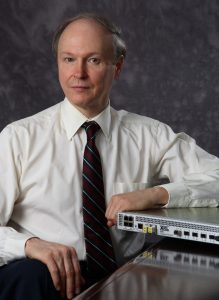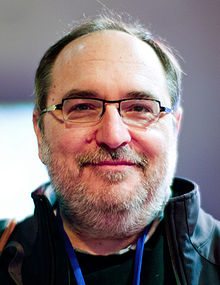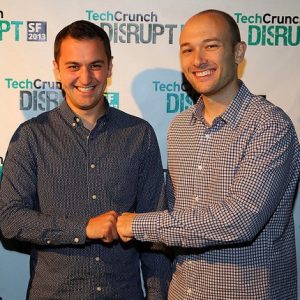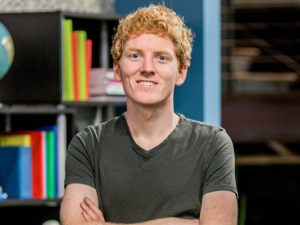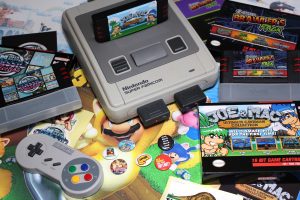Drew Houston : The Co-founder & the CEO of Dropbox
Drew Houston is an American Internet billionaire entrepreneur, who co-founded the multi-billion company Dropbox at the mere age of 24. Once just an idea, now has more than 500 worldwide users subscribed to it. Houston a computer enthusiast, gives the credit of his success to his partner and co-founder of Dropbox, Arash Ferdowsi, and the education he received at MIT. In one of his speeches at MIT, he said that people should surround themselves with inspiring people. He said, “Surrounding yourself with inspiring people is now just as important as being talented or working hard.”

Early Life
Houston was born on 4 March 1983, in Acton, Massachusetts. His father was an electrical engineer. Houston was a student at the Acton-Boxborough Regional High School. Initially, he was influenced by video games and had decided that he would become a video game tester. But as soon his father introduced him with programming, his focus diverted towards the computers. At the age of 14, while playing a video game, on his father’s Pcjr computer, he found a bug in the game and reported to the video game company, upon which he was offered a job at the same company. In 1990, he entered the Massachusetts Institute of Technology from where he earned a graduate degree in Computer Science.
Career & Founding Dropbox
Along with an offer for a job at the early age of 14, he had also been a part of many startups including Bit9, Accolade and Hubspot. Houston was still in college when he thought of developing Dropbox. He wrote the first line of code for Dropbox, while he was travelling on a bus, as he had forgotten his USB drive. At the time he was frustrated with his habit of forgetting and losing those USB flash drives all the time. So he conceived the idea of creating a cloud-based system for keeping the files in it. At first, he started working on the project for his personal use, but then he realised that the product could benefit other people too.
Houston released a video regarding the idea, his college mate Arash Ferdowsi being one of the viewers of it. Ferdowsi was really impressed by the idea and contacted Houston for partnership. From here the two started working on the project together.
In May 2007, Houston founded the parent company to Dropbox, Evenflow, Inc. In the same year, the company was able to get a seed funding from venture capitalists like Sequoia Capital, Accel Partners, Y Combinator. In 2008, the company launched Dropbox at the TechCrunch Disrupt conference. Within one year, Dropbox had more than 3 million registered users. By 2011, the number of users reached 50 million, and in March 2016, it had 500 million users.
During the evolution of the company, it also went through some successful acquisitions including TapEngage, Audiogalaxy, Snapjoy in 2012, Bubbli in 2014, CloudOn in 2015, etc. In 2011, the total revenue earned by the company was over $240 million. Dropbox is considered as one of the twenty best startups of Silicon Valley.
In February 2018, Dropbox filed an IPO to be listed on the Nasdaq.
Personal Life
Houston is a huge video game lover. He also likes to sing, and during the college, he was a part of ’90s cover band. Business Week named Houston as one of the most promising players aged 30 and under. He was also named among the top 30 under-30 entrepreneurs by inc.com.

Yashica is a Software Engineer turned Content Writer, who loves to write on social causes and expertise in writing technical stuff. She loves to watch movies and explore new places. She believes that you need to live once before you die. So experimenting with her life and career choices, she is trying to live her life to the fullest.
